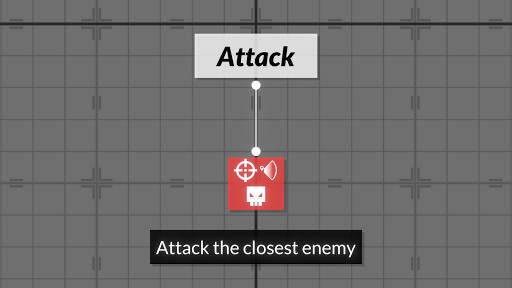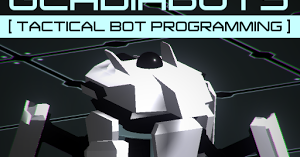

The more complex the AI is the more likely it is to be buggy. Its weird because i'll do the circle of death map and my new ai comes out of the initial scuffle with 4 bots and maybe 2.5 bots worth of health while my old ai will come out with 3 bots and 2 bots worth of health but they will win and i. One should ask the question: "Has this AI been implemented with the least amount of nodes necessary?". however i'm unsure what the issue is because my new ai loses more than half its matches against my old ai. A simple solution should be preferred over a complex one leading to the same or very similar results. The size of an AI has a significant effect on the error rate. If its not possible to prevent duplicate nodes in the first place one can try to move them to sub AIs. Sometimes duplicate nodes can be prevented by using bot specific filters or additional conditions. One should consider to align nodes to the grid.Īvoid using the exact same set of nodes in several places. AIs should have meaningful names revealing their purpose.


Overlapping nodes, links crossing each other and great distances between linked nodes are difficult to read and should be avoided. The complexity is reduced leading to a better maintainability.ĪIs are written once, but read many times. In Gladiabots this could be done by creating sub-AIs for each sub-problem. Complex sub-problems can again be divided. Break down a problem into two or more sub-problems and solve each of them separately.


 0 kommentar(er)
0 kommentar(er)
